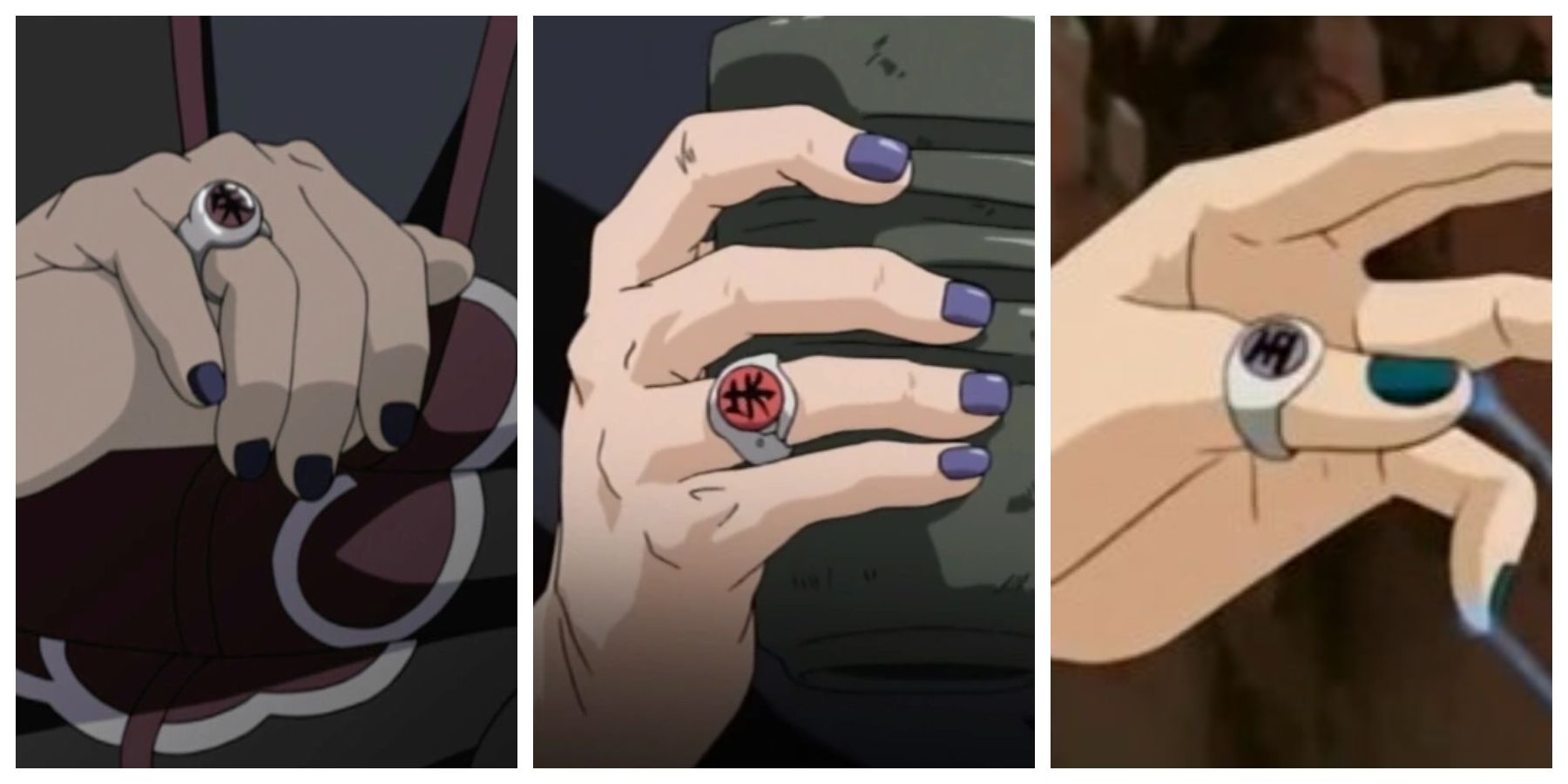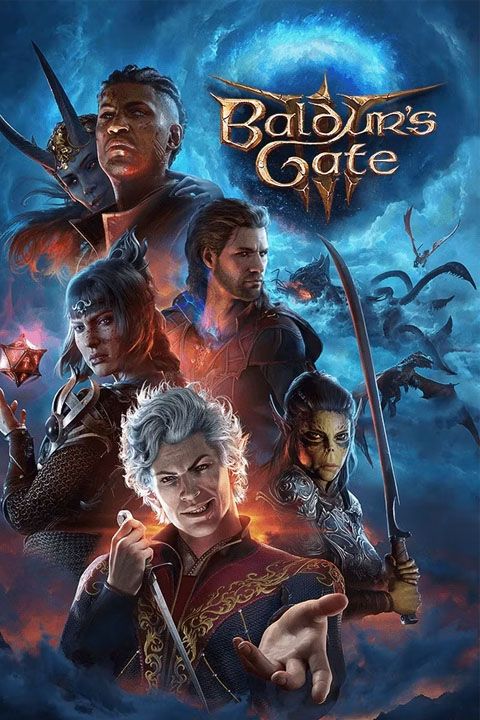Baldur’s Gate 3 is remarkable for many reasons, not the least of which being its masterful storytelling within the framework of a choice-driven RPG. Baldur’s Gate 3‘s impressive narrative had to achieve something rather difficult: it had to tell a good story over several dozen hours, taking into account the multitude of different personalities that could be interfacing with it, bending the plot and tone through their myriad decisions.
Minor spoilers for
Baldur’s Gate 3
ahead.
But just about anyone who has played Baldur’s Gate 3 will agree that Larian Studios accomplished what it set out to do from a narrative perspective. Naturally, much of this success comes down to the meticulous way that the studio’s writers planned out each possible combination of player choices in relation to the main campaign, but traditional rules of storytelling sit at the heart of BG3‘s emotional success. The game’s story is well-paced, consistently engaging, and evokes emotions ranging from giddy laughter and surprised joy to horror and melancholy. This masterful approach to narrative structure is typified by one early section of the game’s third act, which is worth delving into.
Related
How Baldur’s Gate 3 Makes One Tragic Decision All The More Painful
There are many paths in Baldur’s Gate 3 that could potentially lead to disaster, but one decision in particular has far-reaching consequences.
Baldur’s Gate 3: The Subtle Importance of The Circus of the Last Days
The Circus of the Last Days Precedes an Emotional Barrage in Baldur’s Gate 3
Players can access The Circus of the Last Days at the start of BG3‘s third act, just after entering the titular city of Baldur’s Gate. As one might expect, the event is characterized by frivolity, humor, and entertainment, with merchants and performers lining up to soak up all the attention and coin they can. Players can engage with several appropriately carnival-themed games here, including:
- Face-painting (Zara the Face Painter)
- Wheel of Fortune (Akabi the Huckster)
- Matchmaking (Zethino the Matchmaker)
Part of why The Circus of the Last Days is so effective is that most of these activities have some sort of twist or additional layer to them. Whether it’s the surprisingly long-lasting face paint from Zara or the unsurprisingly rigged nature of Akabi’s wheel, there’s a decent amount of content for players to dig their teeth into, making it a great exhibition of Baldur’s Gate 3‘s attention to detail, and a nice calm before the storm.
The Circus of the Last Days Is Underscored by the Darkness of BG3’s Final Act
On the surface, The Circus of the Last Days might appear to be a good way for the player and protagonists to blow off steam before digging their heels into the more serious, existential concerns of the game’s final act. In some ways, this is true, as the circus does serve as a welcome reprieve, but it is belied by a number of darker aspects, which help ramp up the tension through the seemingly innocent affairs of the event.
This tendency toward darkness is another thing that helps drive home Baldur’s Gate 3‘s well-crafted narrative. Twists like Orin appearing during Zethino the Matchmaker’s activity, the mysterious murder of Dribbles the Clown, and the covert doppelganger attack that punctuates the visit to the circus serve to remind the player that all is not well in the world.
No matter what the citizens of Baldur’s Gate do, and no matter how hard they try to pretend that everything is alright, there are great forces of evil at play, ready to pounce when their guard is down. Baldur’s Gate 3 is full of dark moments and concepts, and the events of The Circus of the Last Days don’t even crack its top ten, but the contrast between the trivial celebration and the existential threat posed by the Gods of Death and their emissaries helps set the tone for the third act, making it a deceptively weighty part of the story.

/cdn.vox-cdn.com/uploads/chorus_asset/file/24533980/STK417_banking_money_1.jpg)







